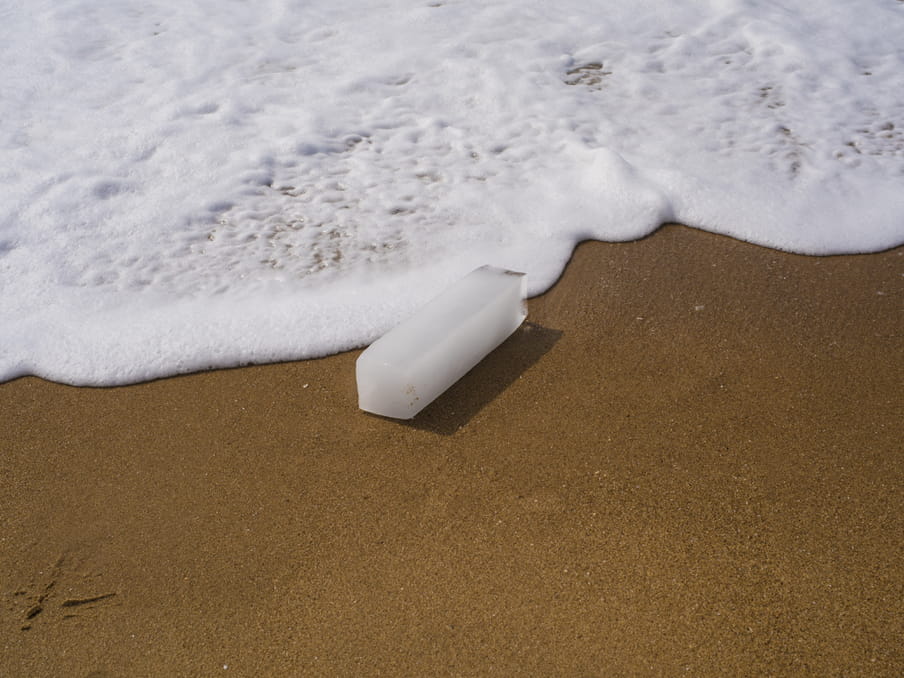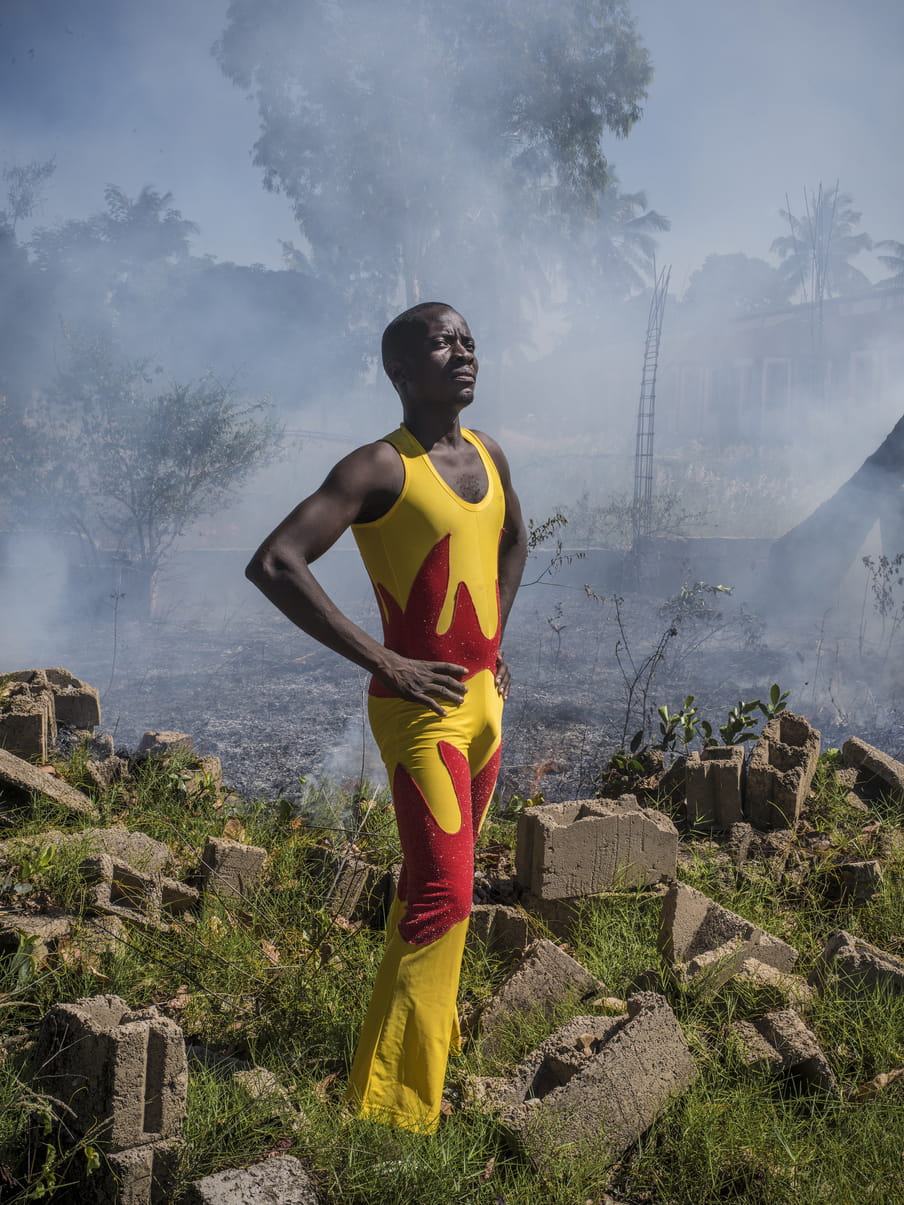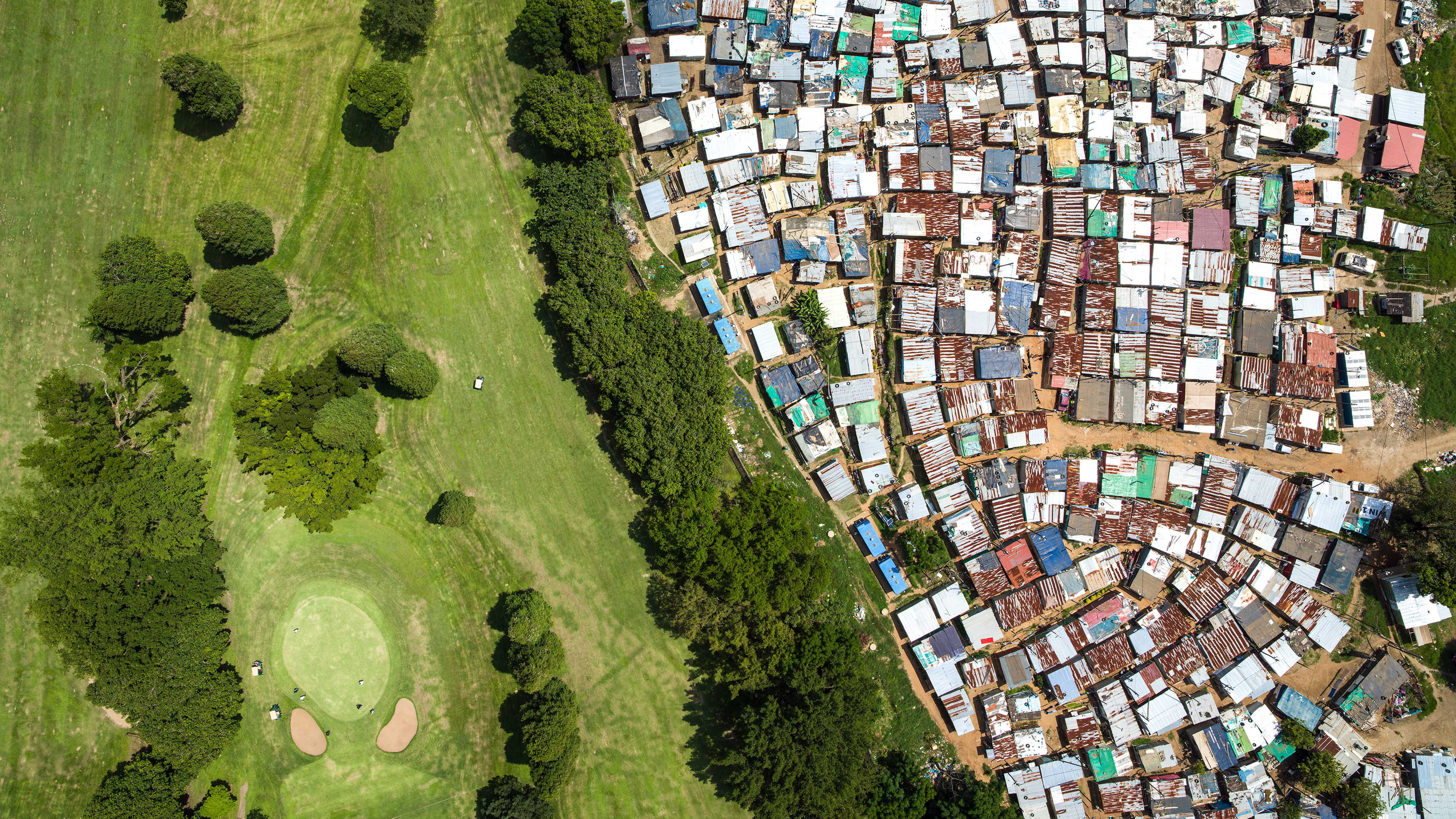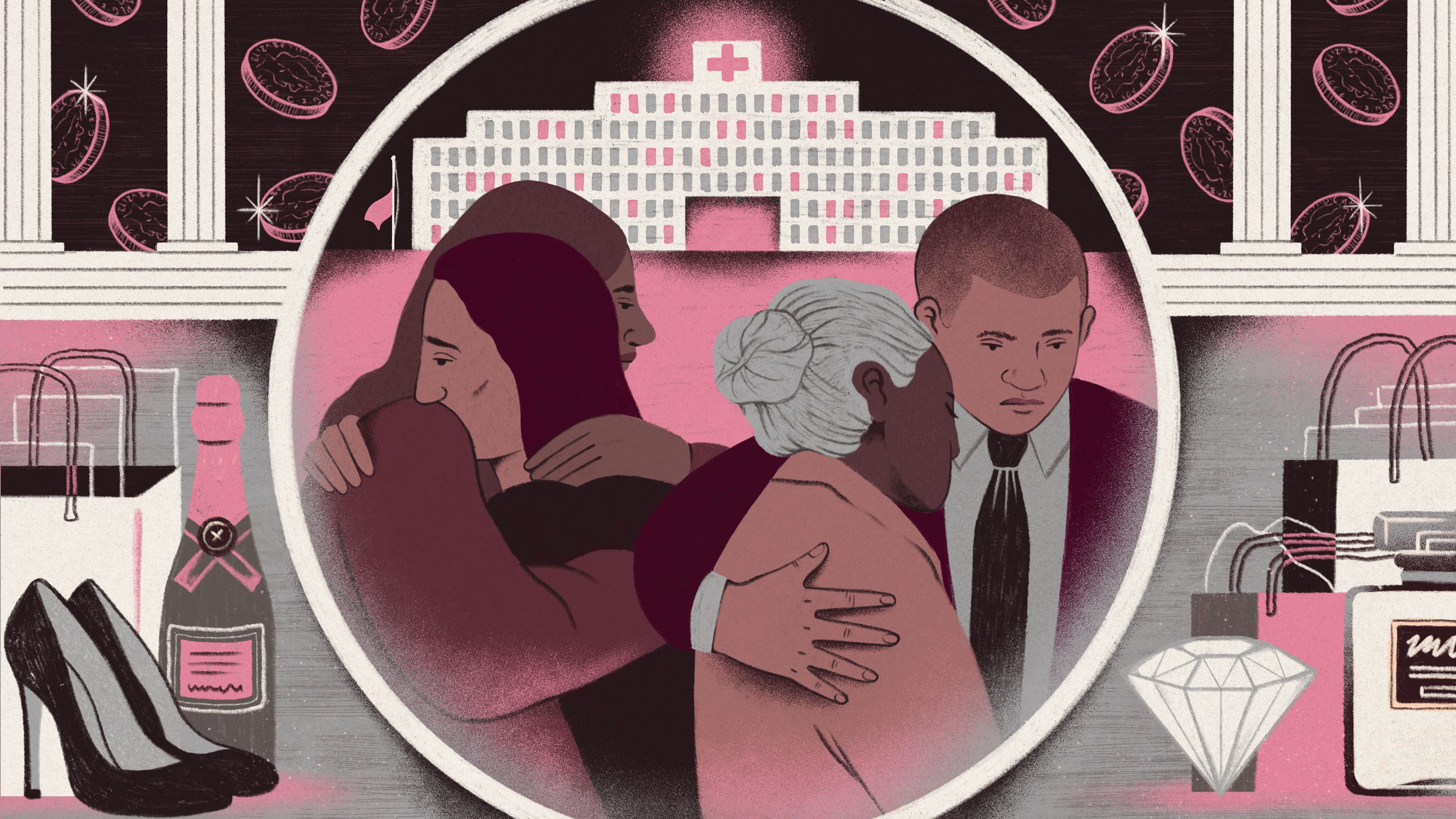This year marks the 30th anniversary of the first Intergovernmental Panel on Climate Change (IPCC) report, the first comprehensive assessment on global warming by the world’s scientific community. Yet over the past 30 years, humanity has done more harm to the planet than in all the centuries that came before them combined.
You read that right. The world produced 784bn tonnes of carbon dioxide from human activities from the dawn of the industrial revolution until 1990. Since 1990, we’ve produced 831bn tonnes on top of that. At the same time, 68% of the entire world’s wild animal populations have disappeared since 1970, right around the time the landmark Endangered Species Act was passed in the US.
Despite never knowing with more certainty that continued business as usual consumption and production of fossil fuels, deforestation, cement production and industrial agriculture are leading us towards ecological collapse, we are still making the problem worse at an ever increasing rate.

How did that happen?
I could fill a book as deep as the rising seas with the complete story, but the short version is pretty simple: the system rich people built to make them even richer worked. A slightly longer version, in three short chapters, is below. It’s not a hard story to tell, but it’s a difficult story to hear.
An analysis published in September by economic anthropologist and The Correspondent contributor Jason Hickel found that when considering “excess” carbon emissions (that is, carbon emissions above the per capita limit necessary for maintaining the 350ppm “safe level”), dangerously accelerating climate change is almost entirely the fault of rich countries. Collectively, the United States, Canada, Europe, Israel, Australia, New Zealand and Japan are responsible for a shocking 92% of warming beyond 350ppm. The US alone is responsible for 40%.
This isn’t a huge surprise. For centuries, those countries’ wealth was built from colonialism, with the most affected people and areas now bearing the brunt of the climate emergency. In colonising the world’s lands, oceans and ecosystems, those countries have also colonised the atmosphere.
The entirety of westernised economic growth has been built on exploitation, extraction, and imperialism – and mostly, on fossil fuels. Even countries that are “doing well” in the western hegemony have societies built on destructive premises. The Norway model of socialism, for example, is built almost entirely on oil money.
This is by design. While climate change is a planetary dystopia, it’s also a capitalist utopia. And its leaders wanted this to happen.

Chapter 1: How Clinton, Bush and Obama set the world up for climate failure (and Trump continues it to this day)
As the leaders of the country most historically responsible for climate change during the era where most of its damage occurred, presidents Bill Clinton (1993-2001), George W Bush (2001-2009), Barack Obama (2009-2017) and Donald Trump (2017-now) are perhaps the four people most responsible for the climate emergency. From our historical vantage point, they’re leaders who were invested in the status quo and presided over a system that prioritised short-term thinking over long-term survival.
Bill Clinton, and his vice president Al Gore, set the tone for these three decades by focusing on market-based measures and investment in technology, rather than directly confronting the fossil fuel industry. As the millennium (and his presidency) came to a close, the US failed to even meet its voluntary targets of stabilising greenhouse gases at 1990 levels.

George W Bush then worked to undo the Kyoto protocol, the predecessor to the Paris climate agreement, as one of his first acts in office. A former oil man, he systematically undermined the science of climate change and enabled campaigns of disinformation and delay – in one case by appointing an oil industry lawyer to a key White House office to line-edit scientific reports, making the results seem less clear than they were.
Barack Obama, who devoted much of his second term to climate change, kept an “all of the above” policy when it came to the fossil fuel industry, presiding over the US return as a net exporting oil producer all in the name of “energy independence”. Even years after leaving office, he actually bragged about his role in massively expanding the US oil industry. His recent public messages are almost painfully too little, too late.
Now, Donald Trump is the world’s only climate denier head of state, expanding Obama’s legacy by making the US the world’s largest oil producer while simultaneously scaling back or eliminating 150 environmental regulations. These rollbacks alone will add 1.8bn tonnes of carbon dioxide to the atmosphere over the next 15 years, according to a recent report. What Trump has done would not have been possible without the US presidents that came before him.
Put together, the impact of these four presidents on climate is simple: US carbon emissions have actually risen since 1990, even though the science was already crystal clear.

Chapter 2: The normalisation of hyper-consumption
Yes, unless your surname is Bezos or Branson, chances are there’s someone on the planet who has a bigger carbon footprint than you. Nevertheless, there’s a good chance you – just like me – are in the global 10% of wealth, or at least close to it. Collectively, according to a new report from Oxfam, the global 10% – those making more than $38,000 per year – were responsible for more than half of all emissions over the past 30 years.
It’s worth pointing out here that excessive consumption is a systemic problem, and the concept of climate guilt over individual contributions was in part manufactured by the oil industries to deflect blame away from themselves. Carbon footprints matter, of course, but what matters most is the trillions of dollars of public subsidies that have been wasted on directly propping up the few companies that have engineered our fossil-fuelled economies to promote wasteful lifestyles for personal profit.

Most of those luxury emissions were spent on transportation – flying in airplanes and driving in cars – activities that are too expensive for the vast majority of people on Earth to do more than occasionally. The shorthand term for this is “climate privilege”, and it’s inseparable from the systemic racism that helped create this system in the first place.
The path of China over the past 30 years is a great way to illustrate this. For the first two-thirds of the time period, from 1990 to 2010 or so, China’s rapid expansion in emissions was the most important factor in growing global emissions. Some of that expansion was due to exports to the US, Europe and other rich consumers, but the bulk of it was to build massive cities and lift its people out of poverty. At its peak in 2008, the emissions embodied in China’s exports only accounted for about one-third of their nationwide total.
Since then, China’s per capita emissions have risen to higher than the global average, and wealthy individuals in China have adopted air travel and luxury consumption patterns just as wealthy individuals have in the US and Europe.
Recently, China’s pledge to become zero carbon by 2060 has drawn praise from international climate activists, just as Biden’s pledge to work towards a zero carbon US by 2050 or Europe’s law mandating zero carbon by 2050. But these goals are still too distant and must be coupled with short-term mandates that are equally as ambitious and grounded in the science of rapid change. Chinese citizens have demanded change, and it seems like their government is finally beginning to listen at the necessary scale.


Chapter 3: Decades of organised climate denial and delay
Lastly, what made our carbon emissions grow instead of shrink was a massive climate denial and delay strategy. For decades, the fossil fuel industry has employed marketing firms – including those of major publications like The New York Times and The Washington Post – to create advertisements designed to trick people about the reality of climate change. Those “merchants of doubt”, as Harvard historian Naomi Oreskes calls them, were so effective their strategy trickled into the media itself, with article after article giving false equivalence to climate sceptics as time gradually ticked away.
What made our carbon emissions grow instead of shrink was a massive climate denial and delay strategy
More recently, the denial of climate science has given way to the denial of climate impacts, or even more precisely, the denial that “far-reaching and unprecedented changes in all aspects of society”, like the kind the IPCC says are now necessary to avoid dangerous climate change are possible. We would rather continue driving our SUVs into the apocalypse than imagine the transformative change it will take to preserve life as we know it.
In total, the practical effect of advocating for incremental changes is to delay the reality that only massive changes have a hope of repairing this problem in the time we have left. Delaying climate action only benefits those of us who would rather keep our harmful lifestyles.
As the graphic novelist Douglas Rushkoff has argued, the rich plotted to leave us behind, and they’ve just entered their escape pods. From a global perspective, sometimes the people in those escape pods are us.

Where the past 30 years have left us
As a species, we’ve long moved beyond the facade of comfortable ignorance of the threat climate change poses to us. This isn’t an accusation or a judgement, it’s a fact. There are hundreds of millions of people on Earth for whom the reality and consequences of climate change were always crystal clear.

After 30 years, we know the story about climate change very well.
The business-as-usual story goes like this. Things are bad. Actually, it’s worse than you think. But we can save the world if we just have more solar panels.
What’s hardly ever repeated are the actual words of the scientists who know the most about what it will take to solve this problem. We’ve reached a moment where even the most radical change imaginable will only give us a coin’s toss chance of preserving our ecosystems. That’s all the more reason to be radical.
New evidence shows that our planet hasn’t warmed this fast in tens of millions of years. We’re fooling ourselves if we think we know exactly what will happen if we keep knowingly making the problem worse. In the bluntest statement possible: climate change is an existential threat like no other our species has ever faced.
The for-profit model of saving the world is not going to work because “saving the world” isn’t the goal of people in power. Their goal merely is endless growth on a finite planet.
So what’s the end game here if we keep on this path? It’s Elon Musk-style survival for the few, enormously wealthy people who can cruise the solar system in luxury.
Or, revolution.
 About the images
After decades of exploitation, many African countries have become target markets for low-quality and highly toxic products with no planning to manage the consequences.
About the images
After decades of exploitation, many African countries have become target markets for low-quality and highly toxic products with no planning to manage the consequences.EXCESSOCENUS by Cristina de Middel and Bruno Morais investigates the excessive development of current society, which is the main creator of absolute inequality among citizens.
With 40 photographs they aim to visualise the effects of macro-economics into the daily lives of Africans. They did so by staging colourful scenes made in collaboration with people in Mozambique.
Dig deeper
 Why climate change is a civil rights battle
Climate disasters are not ‘natural’ – they’re human made. If we want to fight climate change, we first need to tackle inequality and racism.
Why climate change is a civil rights battle
Climate disasters are not ‘natural’ – they’re human made. If we want to fight climate change, we first need to tackle inequality and racism.
 Our world is built for profit. Let’s build one that protects us instead
We live in a society where it’s easier to get a Michelin-star meal delivered to our doorstep than it is to get a medical mask that protects our nurses and doctors. And it’s designed that way. But we can change it for the better, just as we can change ourselves.
Our world is built for profit. Let’s build one that protects us instead
We live in a society where it’s easier to get a Michelin-star meal delivered to our doorstep than it is to get a medical mask that protects our nurses and doctors. And it’s designed that way. But we can change it for the better, just as we can change ourselves.


